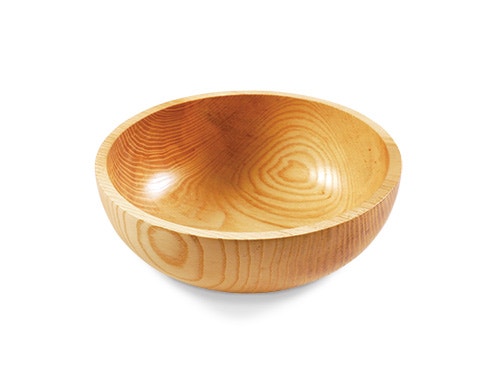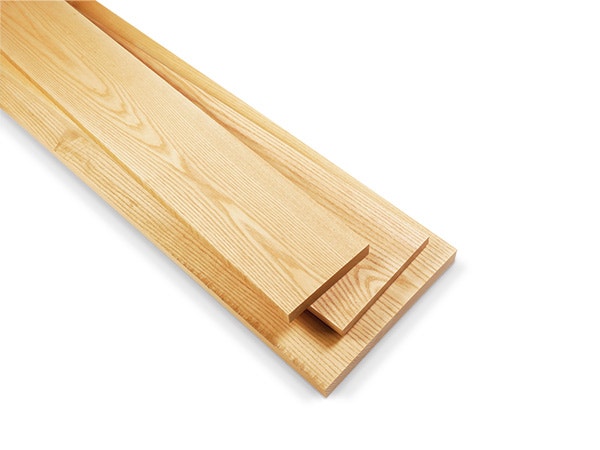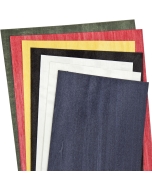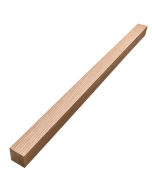Yellow Poplar: Liriodendron tulipifera
While it won't win any hardwood beauty contests, yellow poplar is durable, reasonably priced and easy to use.
Yellow poplar, also called tuliptree and tulip poplar due to its tulip-like bloom, is a member of the magnolia family but is in a different genus than the common magnolias. Curiously, it is not a true poplar. The poplars include the cottonwood species, balsam poplar and aspen, but not yellow poplar. It was commonly called poplar because the leaves are dark green on top and silvery green on the bottom, much like the true poplars.
Commonly found at both home centers and lumberyards, clear poplar is available in wide widths and substantial lengths. It is modestly priced, compared with most other hardwoods. The wood has an indistinct, close grain pattern. It cuts, routs and fastens easily and sands quickly to a smooth, even surface.
Green, gray, blue and purple hues are not uncommon on patches of yellow poplar, along with creamy white areas and even black streaks. While wide color variation makes poplar lumber visually unique, it isn’t a prime choice for grain pattern or figure. But yellow poplar may be the most popular hardwood never seen. Used in untold numbers of upholstered furniture pieces and as the carcass components of cabinets, its strength and easy-to-work nature make it a practical favorite.

I've talked to many woodworkers who have stained yellow poplar and applied a topcoat, and to their eyes it "looks exactly like walnut or cherry." Now, far be it from me to second-guess what another woodworker has accomplished, but statements like that do make me wonder whether these folks have actually seen what a nicely finished piece of cherry or walnut actually look like. Personally, I would never select yellow poplar for a project I planned to stain and apply a clear finish to. But when my goal is to paint or cover a piece of furniture with fabric or veneer, then poplar is the perfect choice.
The versatility of yellow poplar doesn't stop at cabinetry, components or paint-grade millwork, either. During the 1960s and '70s, it often was substituted for framing lumber during a softwood lumber shortage. Native Americans often used it for dugout canoes too, although popular is not as durable an outdoor lumber as cedar, redwood or white oak.
Shop Score Card
|
Uses: Carcass and frame construction, paint-grade millwork and furniture, plywood core veneer. Hardness: Medium density, similar to alder, aspen or soft maple. Country of Origin: Eastern and central North America.Workability: Dense, indiscriminate grain machines easily with hand and power tools. Dimensionally stable. Sands quickly to a smooth surface. Finishing: Readily accepts stains, dye and topcoats. Can be finished to mimic other hardwoods. Cost: Low to moderate, when compared to other furniture-grade hardwoods such as red oak, cherry or walnut. |
Keep the inspiration coming!
Subscribe to our newsletter for more woodworking tips and tricks



